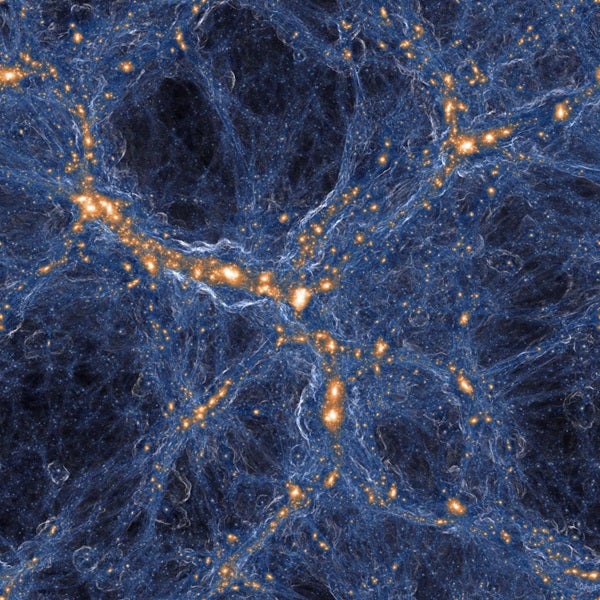Key Takeaways:
- Astronomers discovered a cloud of gas leftover from the Big Bang, essentially a “fossil” from the early universe.
- This cloud is unique because it’s remarkably unchanged, free of heavy elements from exploding stars.
- A bright object behind the cloud illuminates it, allowing researchers to analyze its composition.
- This is the first time such a cloud has been discovered systematically, offering valuable insights.
- Studying these “fossils” could help us understand the conditions of the Big Bang and galaxy formation.
A Big Bang fossil
Making use of some of the most powerful telescopes on the planet, astronomers have found an ancient remnant of the Big Bang. This small piece of pure material from the early universe may provide light on the processes and motivations behind the formation of various star and galaxy types.

Using telescopes at the W. M. Keck Obervatory in Hawaii, a team of astronomers led by Fred Robert and Michael Murphy of the Swinburne University of Technology in Australia discovered a cloud of gas leftover from the Big Bang that was hiding far out in the universe. Behind the cloud, the telescope also discovered a quasar, which is an extremely bright active galactic nucleus that emits a lot of energy.
This cloud is a remarkable find because has changed remarkably little since its creation. “Everywhere we look, the gas in the universe is polluted by waste heavy elements from exploding stars. However, this specific cloud appears pure, free of star debris even 1.5 billion years after the Big Bang, according to a statement from Robert. Its heavy element content, if any, must be less than 1/10,000th of what we observe in our Sun. This is extremely low; the most compelling explanation is that it’s a true relic of the Big Bang,” he added.
Illuminating History
The material within the ancient cloud is illuminated by the quasar behind it because it is so bright. The spectral shadows of hydrogen in the gas cloud were visible to the researchers thanks to this illumination, and since the material is uncontaminated, it provides an image of the cloud’s appearance billions of years ago.
We believed the first two, which were coincidental finds, to be the very beginning. However, nothing akin to them has been found; they are obviously extremely uncommon and hard to spot. Astronomer John O’Meara, who discovered the first two fossil clouds with colleagues, said in the statement, “It’s fantastic to finally discover one systematically.”
Murphy said in the statement that “it’s now possible to survey for these fossil relics of the Big Bang.” Through the study of these old clouds, scientists are able to gain a better understanding of the conditions surrounding the Big Bang and may be able to explain why some gases in the early universe turned into stars and galaxies while others did not.
The work is available as an electronic preprint on the preprint server arXiv.


